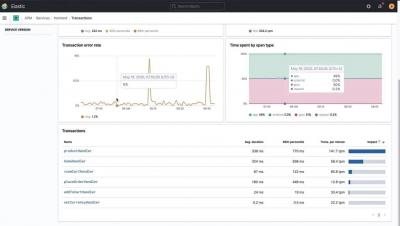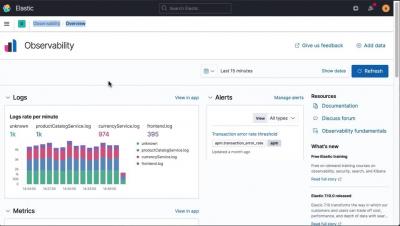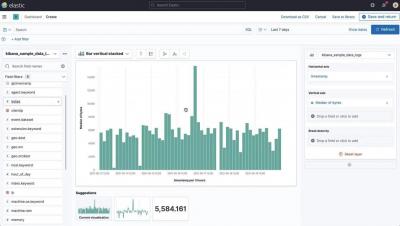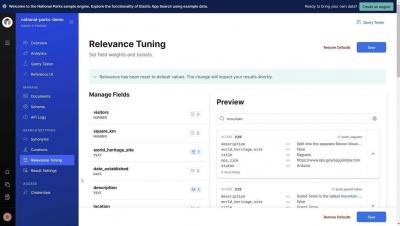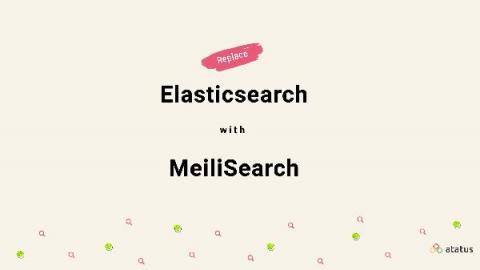Operations | Monitoring | ITSM | DevOps | Cloud
Analytics
Searching Through Logs
Rollbar Academy: Rollbar Analytics
EMR workload continuity with Elastigroup
Amazon’s Elastic Map Reduce or EMR, makes it easy to set up, operate and scale big data environments. This enables data scientists and developers to rapidly analyze massive amounts of structured and unstructured data. Combined with Spot by NetApp’s Elastigroup, data scientists can reliably run EMR core and task nodes on highly affordable EC2 spot instances.
How to create fake data with Python and Faker | Aiven Developer Tips
Build resilience into your HFC network with zero touch monitoring
Hybrid Fiber Coaxial (HFC) networks are inherently agile and able to adapt to demand spikes. This significant characteristic was most recently demonstrated by their success in handling pandemic-induced traffic surges.
Creating your first visualization with Kibana Lens
How to tune search relevance in Elastic App Search
Replace Elasticsearch with MeiliSearch
Data is everywhere and there is no doubt that the datasets we now spans gigabytes easily. We live in a data-rich world. Everyone is on the internet and getting meaningful information from queries this data set is critical. Most of the time they get overwhelmed with the data and have trouble finding what they are looking for. Here comes the Search Engines which is designed to search for websites on the internet based on the user's search query.
Good Catch: Partner Monitoring
Operating in today’s digital economy often involves dealing with an extensive network of third-party providers and partners. Common types of partner networks include affiliates, vendors, suppliers, marketing platforms, and payment gateway providers. Partner networks involve tracking and analyzing data from multiple providers, each of which creates thousands of metrics and billions of events each day.


